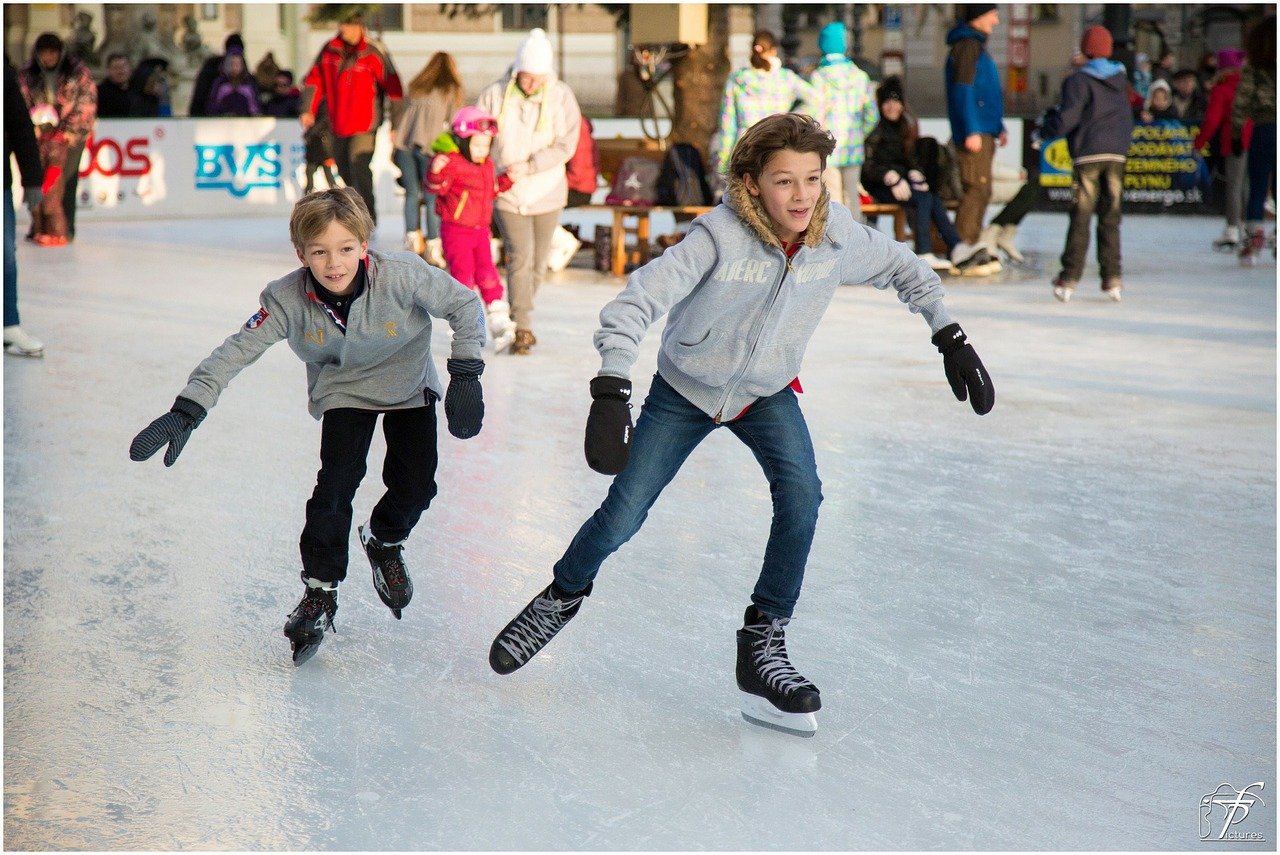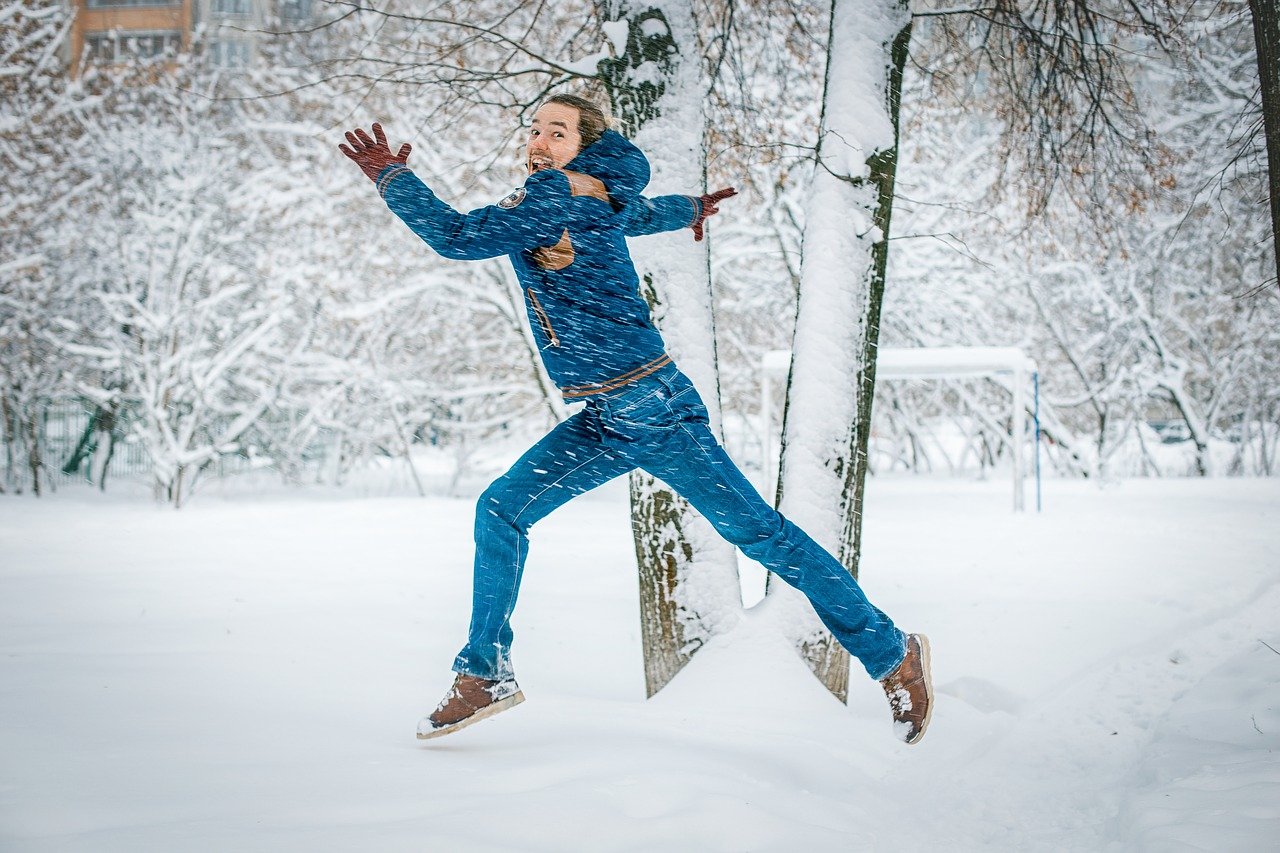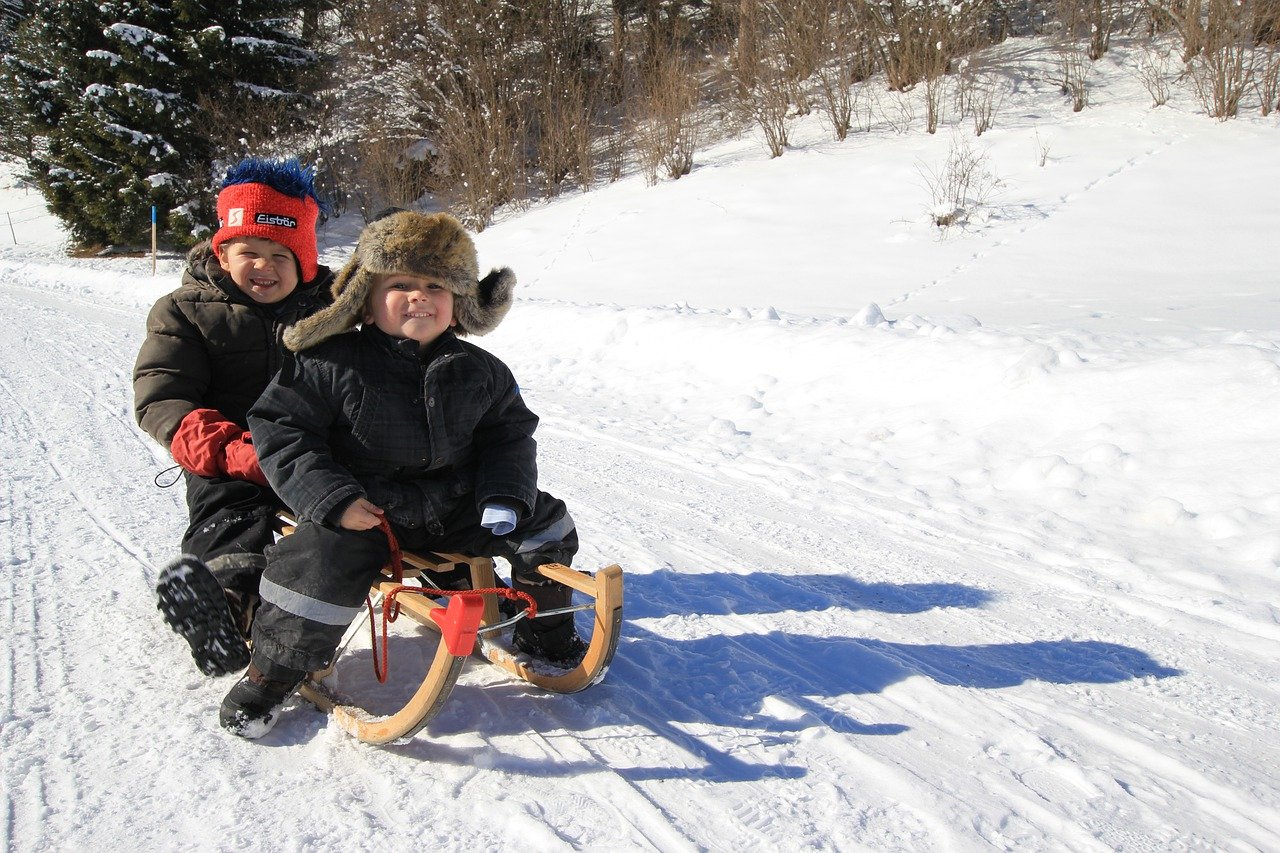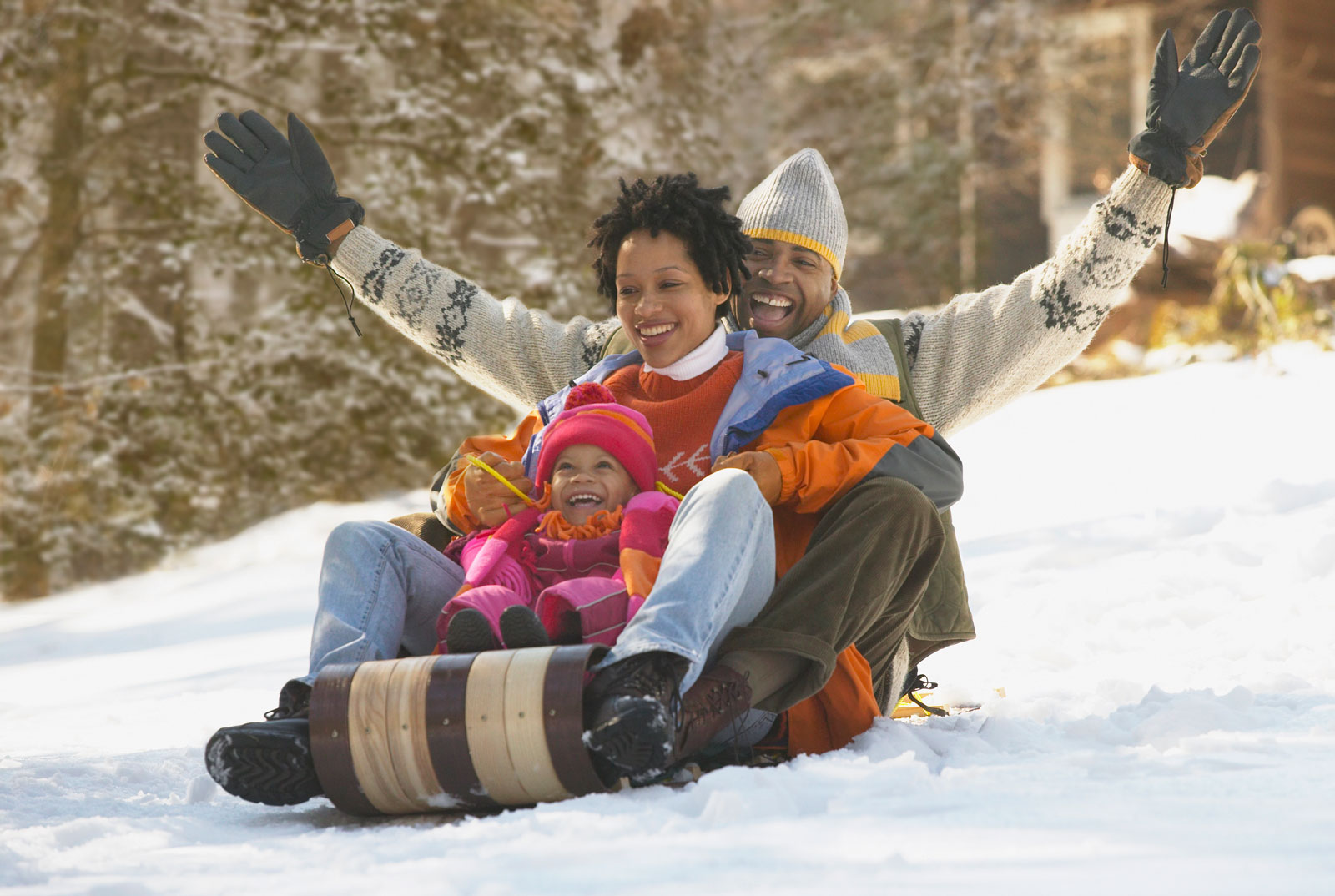Winter Fitness Activities You Should Engage In

The transition phase from fall to winter can be quite challenging, especially if where you live is covered in snow. However, engaging in some winter sports can keep you fit and healthy. Did you know that performing regular exercise can help deal with winter blues and keep you in good shape throughout winter? After a few days, you will wake up with more energy to get through the day, and come spring, you will be healthier than ever before.
There are so many different sports and activities that you can try out, and if you are confused about where to start, don’t worry because this article has got you covered. Here you will find a list of ideas. Whether you want to be involved in ice hockey or try snowboarding, remember that any way to be active works as long as you enjoy it.
Common Ways to Stay Fit Without Going to the Gym
Not everyone has a gym membership, but is the gym the only way to keep fit? Well, apparently not, because there are several activities that not only help you burn those calories but also maintain your overall health. Let us have a look at some of these.
Ice Skating

Ice skating is one of the best aerobic workouts that you can do during winter. In fact, you can even do it for free in some places. If you are not so keen on doing triple axels, you can take it up a notch by doing back skating because it will work your muscles at different angles. Here’s something else that you can try, but only if you have about 20 meters all to yourself:
- Start by skating at the highest possible speed you are comfortable with. You can go for a distance of 20 meters.
- Then, come to a halt and touch the ice with your hands.
- Now, come back to the spot from where you started and touch the ice once again.
- Continue this for a minute and then repeat it three times.
- Between each set, take a break to catch your breath. During this break, you can leisurely skate around.
Cross-Country Skiing
Another winter sport to engage in is cross-country skiing. It is extremely beneficial towards increasing your endurance. Compared to other activities, this will help you burn a greater amount of calories. This is also an example of aerobic sport, just like ice skating. Depending on your skiing style, different muscles in your body will gain more strength. But some of the common sets of muscles that benefit from this exercise are your biceps, triceps, calves, gluteus maximus, and thigh muscles. On average, a 150 lbs person will have the potential to burn anything between 500-640 calories every hour doing this activity.
Here are some tips recommended by experts that you must keep in mind while getting started with this sport:
- If you don’t want to be a victim of muscle strain, use an elliptical trainer beforehand to train your muscles.
- Don’t overwork yourself. Be slow and steady and think conservatively about how much time you want to allot to skiing.
- Always let someone know where you will be going and the approximate time of your return.
- To ensure easy movement, you need to keep yourself warm, and the only way to do it is to layer up.
- If you plan to go to some remote area, make sure you bring essentials and food supplies like water and snacks.
Trail Running

If skiing is not your jam, don’t worry. There are so many other winter activities to help you stay fit. One of those is trail running. The first thing that you need to do to run on winter trails is to fix your form. This is even more crucial if you want to avoid falls. Your foot strike needs to be on point. Your aim should be to land on the balls of your feet, and you will not stand a chance of slipping. Your impact on the ground will be distributed evenly if you maintain shorter strides. In short, you will gain more stability. Also, make sure you don’t make your runs monotonous. Change them up. For example, you can practice slow running for a longer distance on one day, while on another day, engage in some tempo work.
Sledging

This is an activity that you can also do with your kids and other family members. It’s an extremely fun aerobic activity for people of all ages. As you speed down those snow-covered hills, you will have to use several muscles in your body. Moreover, you will have to use those leg muscles to climb up again with your sledge. In fact, the most physical activity in this sport is when you are climbing back uphill. You can run back and forth a couple of times. If you are a beginner, stick to a medium-hill. Even then, on average, you can burn as much as 240 calories. But if you think you have the stamina and the skills required, then you can even choose a steeper hill to challenge yourself. Remember not to get in over your head. Don’t forget to take your gears. Take elbow guards, wrist guards, and your helmet – it’s always better to be safe than sorry.
Conclusion
Some other sports that you can try include ice hockey, downhill skiing, and snowshoeing. But irrespective of the activity you choose, make sure you enjoy yourself in the process. Educate yourself about avalanches, and don’t visit avalanche-prone areas. Another important factor to keep in mind is that you need to stay properly hydrated. Don’t wait until the last moment to drink water. Drink water prior to starting the activity. If you are someone with heart problems or high blood pressure, you should always have your heart monitor on you so that you don’t overexert yourself. If you feel the need to slow down, take some rest. All in all, winter doesn’t mean that you need to stay cooped up indoors. There are so many ways to be active and enjoy the weather. So, get your gear on and take that step outside!







